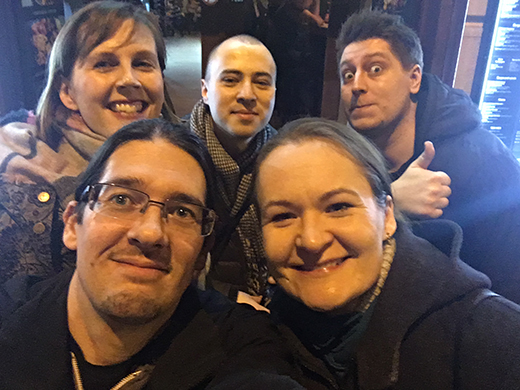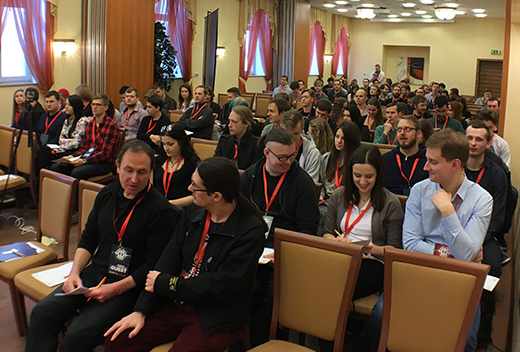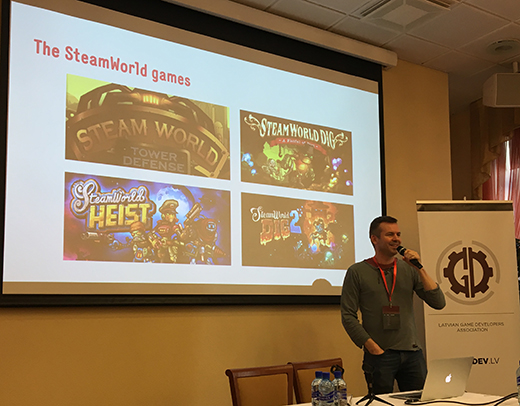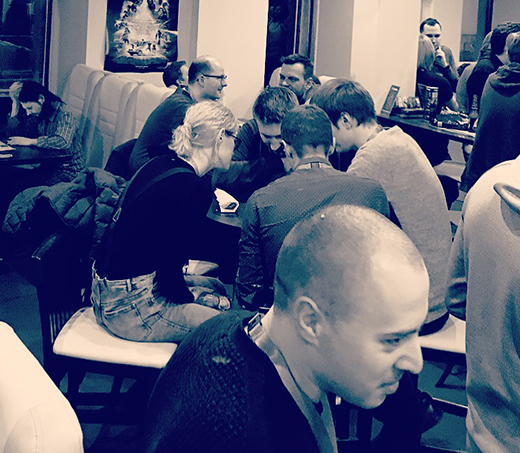The cult of Steam wishlists
Monday, April 6th, 2020Been meaning to talk about the “cargo cult” of Steam wishlists for a while.
Wishlists were originally a genuine expression of interest in purchasing a game. A couple of years ago I worked out a formula that said:
pre-launch wishlists x0.5 = week1 unit sales
Since then there’s been a lot of talk about the importance of wishlists by devs and publishers. And so devs have been trying to get as many wishlists as possible by any means possible.
Ancient Enemy pre-launch lifetime wishlist actions
Quality vs. quantity
But what is not often discussed is wishlist QUALITY.
In advertising it’s well known that some clicks are better “quality” that others. Some click sources end up converting into sales at a much higher rate than other sources.
My theory is that wishlists are very much the same in that they have a “quality”.
Some wishlists are from true fans (especially if you’ve shipped games before) and others are from people who aren’t really interested and will wait until the game is 90% off or may never buy it.
Also these days devs beg for people to wishlist their game as a favour.
And gamers think they are helping you out by clicking “wishlist” even though they may have no actual intention of buying it.
So devs blast news about their game everywhere and may end up getting an inflated number of low quality wishlists.
How does conversion work?
This makes the dev feel reassured especially if they’ve seen my formula. However, those wishlists are not an accurate representation of interest any more and the dev may be in for a shock when they launch as the conversion could be way lower than 1 sale per 2 wishlists.
People often misunderstand how my formula works so please let me clarify:
Your pre-launch wishlists do NOT convert at 50%. What happens is they convert at about 10% (on average) and then you get 4x that amount of organic sales. This = 0.5 sales per wishlist.
That’s because the wishlists indicate interest in your game but you make most of your sales organically when it hits the store.
But if you have super-inflated your wishlist count with low quality ones, not many of them will convert and your organic sales will be much lower too.
Other factors
There are other factors here such as if your launch day offering matches expectation in terms of price (which is often unknown at the time of wishlisting), and maybe what else is launching that day/week, etc.
BUT it’s not totally fruitless to try to get loads of wishlists because there is some evidence to suggest that the Valve algorithm will boost visibility for “popular” games with a lot of wishlists, so that’s worth aiming for, although there are no hard numbers to aim for.
Also you will have increased the visibility of your game and so potential customers will be more familiar with the logo/screenshots and may purchase it at a later date. Plus you’ll have practiced marketing (found out what worked/didn’t) and refined your message.
Conclusion
It’s still probably worth trying to get lots of wishlists but if you are very successful at this bear in mind that they may not all be good “quality” and may not convert into that many sales.
Good luck!















